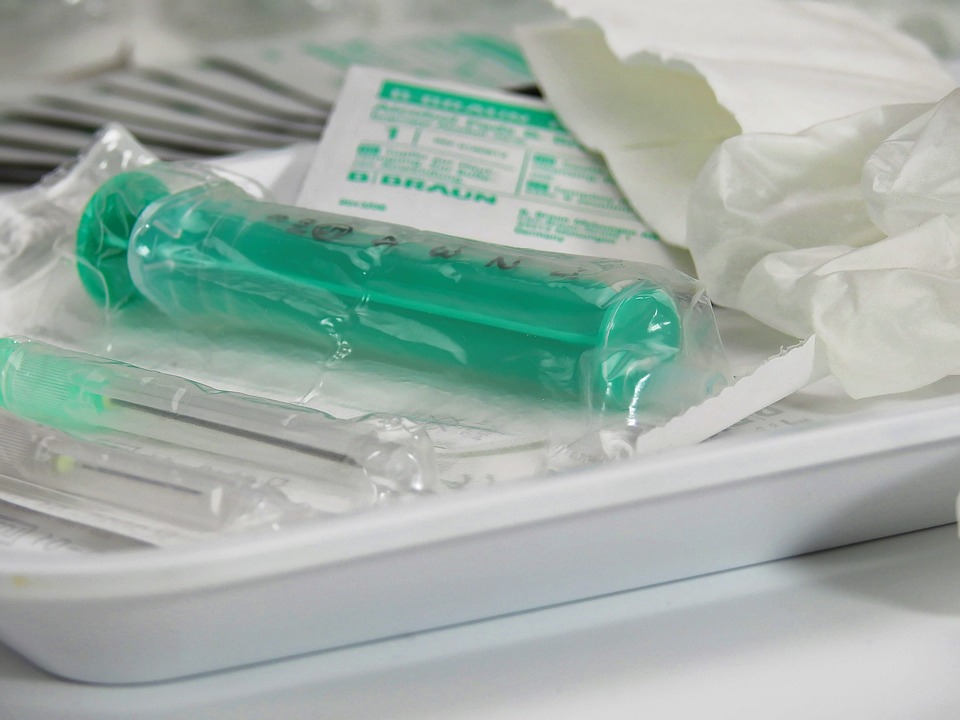The Region of the Americas is the first in the world to have eliminated measles, a viral disease that can cause severe health problems, including pneumonia, blindness, brain swelling and even death. This achievement culminates a 22-year effort involving mass vaccination against measles, mumps and rubella throughout the Americas.

The declaration of measles’ elimination was made by the International Expert Committee for Documenting and Verifying Measles, Rubella, and Congenital Rubella Syndrome Elimination in the Americas. The announcement came during the 55th Directing Council of the Pan American Health Organization/World Health Organization (PAHO/WHO), which is currently underway and is being attended by ministers of Health from throughout the Americas.
Measles is the fifth vaccine-preventable disease to be eliminated from the Americas, after the regional eradication of smallpox in 1971, poliomyelitis in 1994, and rubella and congenital rubella syndrome in 2015.
Before mass vaccination was initiated in 1980, measles caused nearly 2.6 million annual deaths worldwide. In the Americas, 101,800 deaths were attributable to measles between 1971 and 1979. A cost-effectiveness study on measles elimination in Latin America and the Caribbean has estimated that with vaccination, 3.2 million measles cases will have been prevented in the Region and 16,000 deaths between 2000 and 2020.
“This historic milestone would never have been possible without the strong political commitment of our Member States in ensuring that all children have access to life-saving vaccines,” PAHO/WHO Director Carissa F. Etienne said. “It would not have been possible without the generosity and commitment of health workers and volunteers who have worked so hard to take the benefits of vaccines to all people, including those in vulnerable and hard-to-reach communities. Indeed it would not have been possible without the strong leadership and coordination provided by PAHO, Regional Office for the Americas of WHO.”
Measles transmission had been considered interrupted in the Region since 2002, when the last endemic case was reported in the Americas. However, as the disease had continued to circulate in other parts the world, some countries in the Americas experienced imported cases. The International Expert Committee reviewed evidence on measles elimination presented by all the countries of the Region between 2015 and August 2016 and decided that it met the established criteria for elimination. The process included six years of work with countries to document evidence of the elimination.
Measles is one of the most contagious diseases and affects primarily children. It is transmitted by airborne droplets or via direct contact with secretions from the nose, mouth, and throat of infected individuals. Symptoms include high fever, generalized rash all over the body, stuffy nose, and reddened eyes. It can cause serious complications including blindness, encephalitis, severe diarrhea, ear infections and pneumonia, particularly in children with nutritional problems and in immunocompromised patients.
As a result of global measles elimination efforts, only 244,704 measles cases were reported worldwide in 2015, representing a significant decline from earlier years. However, more than a half of these reported cases were notified in Africa and Asia.
To maintain measles elimination, PAHO/WHO and the International Expert Committee have recommended that all countries of the Americas strengthen active surveillance and maintain their populations’ immunity through vaccination.
“I would like to emphasize that our work on this front is not yet done,” warned Etienne. “We can not become complacent with this achievement but must rather protect it carefully. Measles still circulates widely in other parts of the world, and so we must be prepared to respond to imported cases. It is critical that we continue to maintain high vaccination coverage rates, and it is crucial that any suspected measles cases be immediately reported to the authorities for rapid follow-up.”
Process to eliminate measles
In the 1990s, a decline in cases was recorded, but the most notable decrease was observed after the Region had launched its initiative to eliminate measles in 1994. That year, the countries of the Americas established the goal to eliminate indigenous transmission of measles by the year 2000, through the implementation of surveillance and vaccination strategies recommended by PAHO/WHO.
PAHO/WHO’s elimination strategy had recommended three lines of action for countries: 1) conduct a one-time national campaign to bring children between 1 and 14 years of age up to date with measles vaccination; 2) strengthen routine vaccination to reach a minimum of 95% of children every year; and 3) undertake massive follow-up campaigns every four years, to reach a minimum of 95% of children aged 1 to 4 with a second dose of vaccine.
Following this strategy, the last indigenous measles outbreak was registered in Venezuela in 2002. However, some countries in the Region still notified imported cases. Between 2003 and 2014, 5,077 imported measles cases were registered in the Americas.
After declaring the elimination of rubella and congenital rubella syndrome in 2015, the International Expert Committee waited for evidence of the interruption of a measles outbreak in Brazil, which had begun in 2013 and lasted for more than a year. After a year of targeted actions and enhanced surveillance, the last case of measles in Brazil was registered in July 2015.
With this achievement and considering that the Region has sustained elimination for more than 12 years, the International Expert Committee accepted the evidence presented by the countries and declared the elimination of measles in the Americas.
Key partners involved in in the effort to eliminate measles and rubella include the ministries of health of PAHO/WHO’s Member States, the United States Centers for Disease Control and Prevention, the United States Department of Health and Human Services, Health Canada, the Canadian International Development Agency, the Spanish Agency for International Development Cooperation, the Sabin Vaccine Institute, the Serum Institute of India, March of Dimes, the Church of Jesus Christ of Latter-day Saints, and the Measles-Rubella Initiative, a coalition of global partners that includes the International Federation of Red Cross and Red Crescent Societies, the UN Foundation, UNICEF, and WHO.
Final Report: Plan of Action for Maintaining Measles, Rubella, and Congenital Rubella Syndrome Elimination in the Region of the Americas
Web Source: Pan American Health Organization.
The post Americas declared free of measles appeared first on Scienmag.





